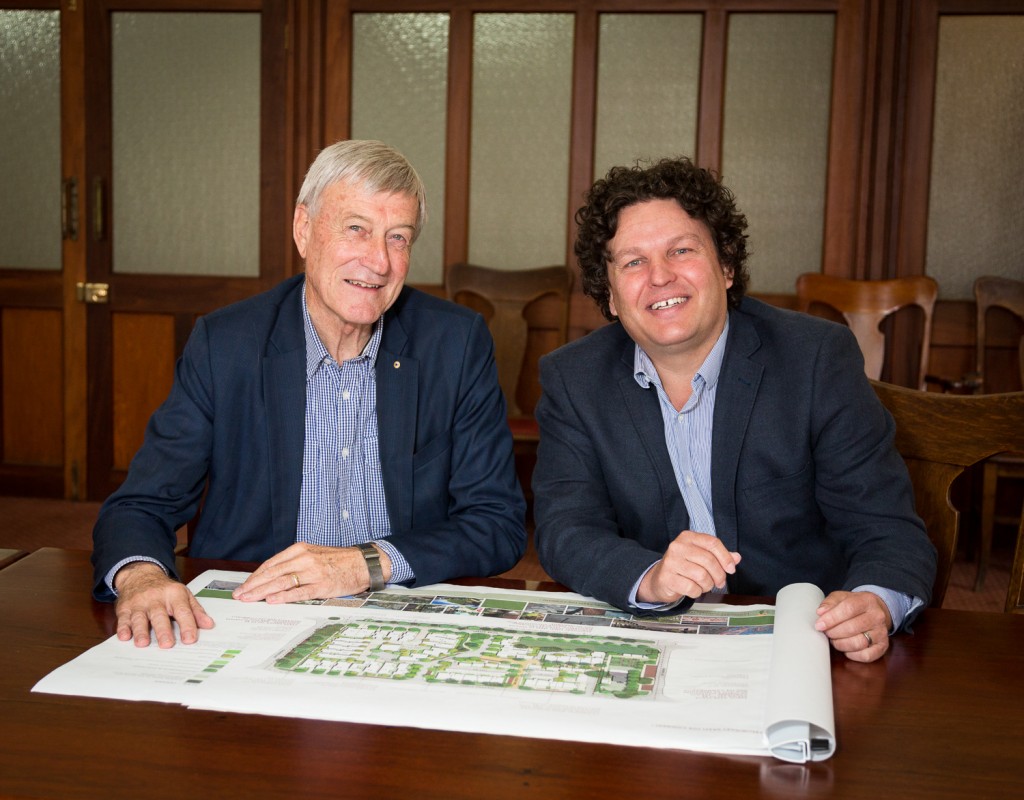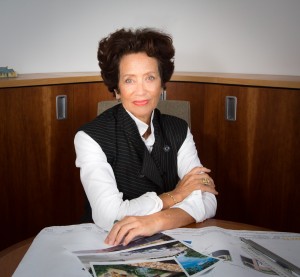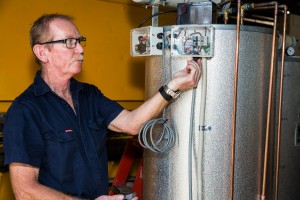Professor Peter Newman AO and Josh Byrne from Josh Byrne and Associates; leaders in sustainable policy, have endorsed the vision and planning principles of the Swanbourne Village Trust (SVT).
Peter Newman is a Distinguished Professor of Sustainability at the Curtin University Sustainable Policy Institute (CUSP). CUSP was established in January 2008 and headed by Professor Newman.
Sustainability Policy
The idea of sustainability is a relatively new concept, but is rapidly becoming a key issue in public policy theory and practice. Sustainability Policy is also developing as a recognised profession and a multidisciplinary research field in its own right. CUSP is a key player in the Australian Sustainable Development Institute (ASDI) encompassing a broad range of Curtin research centres and teams involved in sustainability scholarship. CUSP has created a PhD and Masters by Research students and is offering a Masters in Sustainability and Climate Policy. Organisations such as Solar E are contributing ideas and projects for these students.
CUSP is now a world leader in increasing sustainability through policy, theory and practice. Its projects integrate different priorities leading to practical outcomes through collaboration.

Sustainability experts; Professor Peter Newman AO and environmental Scientist, Josh Byrne endorse Swanbourne Village Trust’s vision and planning
Professor Newman
Professor Newman, who recently contributed a small video on the SVT website, grew up in the Swanbourne area and his father taught at Scotch College. In 2011 Peter was awarded the Sidney Luker medal by the Planning Institute of Australia (NSW) for his contribution to the science and practice of town planning in Australia. In 2014 he was awarded an Order of Australia for his contributions to urban design and sustainable transport, particularly related to the saving and rebuilding of Perth’s rail system. He can relate to the vision that SVT has in improving the lifestyles and amenities of the local residents and he feels that vision can take the area into the 21st century.
Prof Newman is quoted as saying “It’s time for a reinvention of the Swanbourne Village. No place can stay exactly as it was and there will always be discussion about how to regenerate a place. We have a team of people who want to make the Swanbourne Village into something very special. We will need everyone with an interest in the place to help. I look forward to meeting anyone who wants to give the Village a new life for its next hundred years”.
Josh Byrne
Josh Byrne is well known for his media work with ABC television as the WA presenter on Gardening Australia and is the author of two books on sustainable gardening and landscape design. Josh also endorses SVT’s vision for sustainability and innovative planning and will advise SVT on its landscape design and rooftop gardens. His expertise will complement the award winning energy efficiency and sustainability credentials from architects Garry Baverstock and James Shaw to ensure SVT will be a leader in community living in the Cottesloe/Swanbourne areas. In 2013, Josh was appointed as a Research Fellow at CUSP to undertake research into high performance housing as part of the CRC for Low Carbon Living.
CUSP wants to see practical outcomes and the SVT project represents an example of a practical solution in reducing cars on the road while providing a good balance between the financial needs and community amenities of the SVT shareholders. These shareholders are using their superannuation to achieve their living and lifestyle requirements without being a burden to the taxpayer.
Photo Credits: Nick Melidonis, www.nickmelidonis.com









